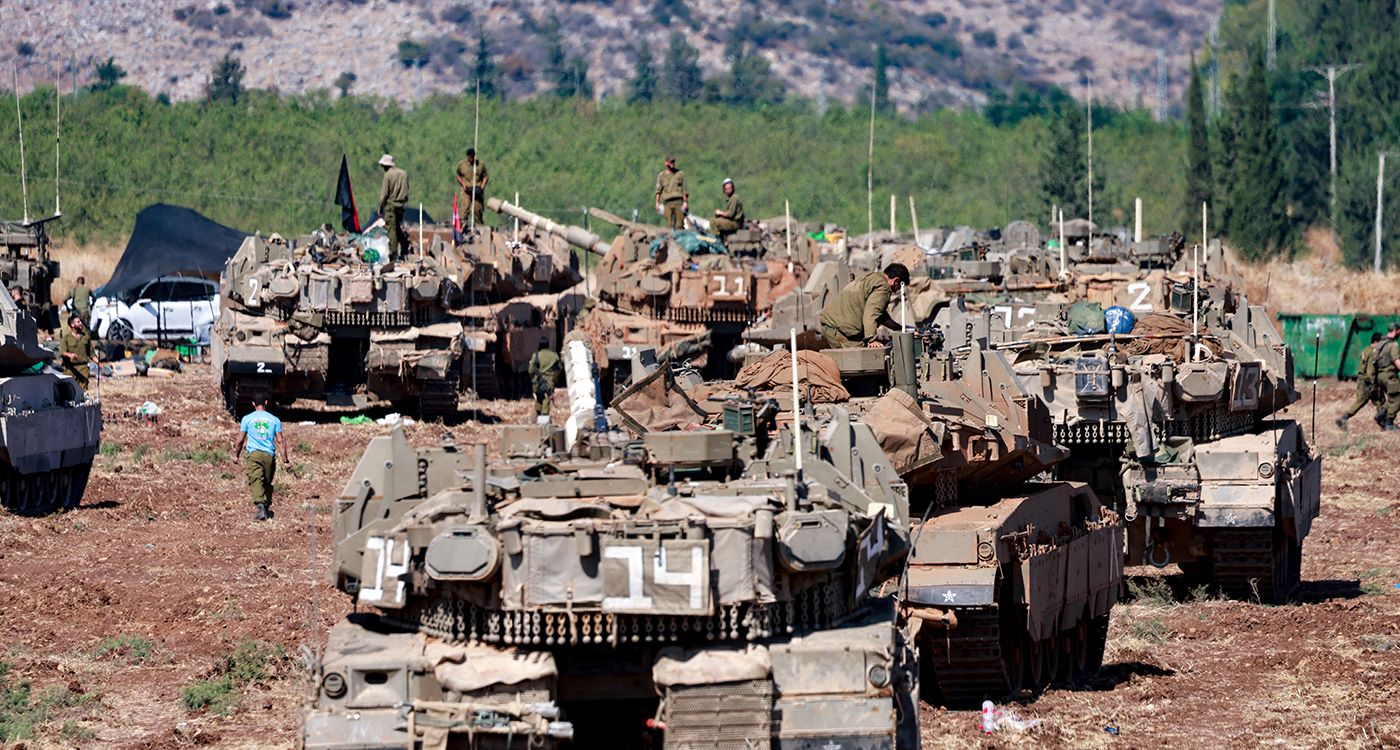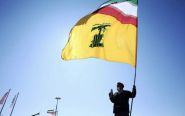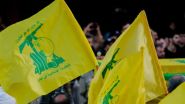
In Lebanon, Israeli military operations are evolving, but it remains unclear whether there has been a significant strategic breakthrough for the Israeli state, despite claims from Ori Gordin, the head of the Northern Command of the Israeli army.
On Monday, he asserted that residents of northern Israel could begin returning home within "a few weeks." This statement pertains to roughly 68,000 individuals who had fled their homes amid the escalating clashes between Hezbollah and the Israeli state. Israeli Prime Minister Benjamin Netanyahu had assured them of a safe return as part of his war objectives.
Furthermore, four "closed military zones" in the northwest of the country (those of Rosh Hanikra, Shlomi, Hanita and Arab al-Aramche) have been established, as reported by Israeli forces on Monday evening. Prior to these zones, three others (Metula, Misgav Am, and Kfar Giladi) were closed to access on September 30.
While surprising, General Gordin's announcement seems to suggest that Israel anticipates a significant reduction in the immediate threat posed by Hezbollah. This optimistic outlook, as explained by a military expert interviewed by This is Beirut, may stem from several factors: first, it could reflect a "rapid and decisive advance by the Israeli army in ground operations, particularly in destroying missile launch infrastructures and Hezbollah's underground tunnels," he notes.
Neutralizing these offensive capabilities would enable Israelis to restore a level of security in the border areas. Additionally, "Israel may be banking on a regional de-escalation or diplomatic pressures that could force Hezbollah to halt its attacks," he adds.
This helps explain the deployment of the 146th division of the Israeli army (a reserve infantry division), which is assigned to conduct "limited, localized, and targeted" operations, bolstering divisions 36 and 91.
Does this imply that the Israelis have successfully neutralized a substantial part of the threat posed by the pro-Iranian forces at their northern border? “Not necessarily,” asserts a knowledgeable military source. “How can he make such claims when the Israelis are struggling to make headway on Lebanese territory during their ground operations?”
In this regard, it's worth noting the statement from the Lebanese Army dated October 3, which indicated that Israeli patrols had crossed into Lebanese territory by about 400 meters before being repelled shortly thereafter.
This incursion took place near Kherbet Yaroun, close to Maroun al-Ras and Odaisseh. "This is the farthest they have managed to advance since the onset of their ground offensive, mainly through reconnaissance operations," the source notes.
What does this entail? In the context of warfare, reconnaissance refers to the exploration of enemy territory to gather intelligence and identify the positions of opposing forces. According to the source mentioned, there are two primary methods for conducting reconnaissance: reconnaissance by fire and reconnaissance by force.
The first method involves firing at an enemy position to provoke a response, thereby prompting the adversary to reveal their presence through movement or return fire. The second method entails deploying infantry troops to probe the terrain and assess enemy positions after engaging in physical confrontations.
"It is this latter approach that the Israeli army is currently using, contrary to what some observers may suggest," the source explains, adding, "This is also confirmed by military reports."
Israel's ongoing ground military operation in Lebanon represents a continuation of its efforts to secure the safety of communities near the northern border. These operations, frequently accompanied by airstrikes, aim to achieve two primary objectives: first, to diminish Hezbollah's military capabilities by targeting its underground facilities and missile launch sites; and second, to create a buffer zone to prevent further attacks on Israeli territory.
On Land and at Sea
In addition to its ground operations, Israel seems to have implemented a new maritime strategy to target Hezbollah. On Monday evening, the Israeli military issued an "urgent" warning to all individuals along the Lebanese coast, from the southern banks of the Awali River to the northern part of Sidon. This warning cautioned them about upcoming operations involving airstrikes launched from Israeli ships in Lebanese waters against Hezbollah targets.
The plan to strike from the sea reflects a strategic intent to open multiple fronts against the Lebanese militia while reducing Israeli casualties. "Employing the navy to target Hezbollah's positions offers significant advantages in an asymmetric conflict," observes the military expert. "This approach could both damage their military infrastructure and weapon stockpiles and cut off Hezbollah's access to maritime supply lines."
"A total blockade, while difficult to execute and unlikely, would halt all maritime imports and exports from Lebanon. This could result in serious humanitarian consequences and heighten diplomatic tensions on the international stage," warns the military expert.
The military official in question raises an interesting point: "Do you really think the Israelis would need to carry out attacks from the sea when they have already showcased considerable air and technological military capabilities over the months?"
Recent attacks against key Hezbollah leaders highlight this trend, including the killing of Secretary-General Hassan Nasrallah on September 27 by a bunker-buster missile strike on the group’s headquarters. Additionally, Souheil Hussein Husseini, the head of one of Hezbollah's primary logistics units, was also killed in a targeted strike in Beirut, as reported on Tuesday morning by Avichay Adraee, the Arabic-speaking spokesperson for the Israeli army.
This source suggests that raising the issue of maritime attacks is a tactic of "psychological warfare" used by Israel to apply pressure on its adversaries. It aims to instill concern in the Lebanese public about the possibility of a maritime blockade affecting all of Lebanon. Additionally, this strategy is directed at the United Nations Interim Force in Lebanon (UNIFIL), which operates its ships in Lebanese waters, as the source points out.
The military official believes that "the Israelis are attempting, just as they do along the Blue Line, to force UNIFIL to retreat in order to carry out their operations successfully."
Israeli shells and missiles have landed near UNIFIL patrols since the fighting erupted along the Lebanese-Israeli border. Additionally, on April 26, 2023, "the electronic signature of the locked fire control radar from an F-16 (Israeli, ed.) was detected by a vessel from the UNIFIL Maritime Task Force," as stated in Resolution 2695 of the United Nations Security Council dated August 31, 2023. This raised significant concerns within the organization, which subsequently urged "all parties to fulfill their obligation to ensure the safety of UNIFIL personnel and all United Nations staff."
Although the new Israeli maritime strategy is currently aligned with ground operations aimed at weakening Hezbollah on several fronts, the likelihood of a full-scale war remains low, at least for the time being. This is true despite the volatile situation in Lebanon and the broader region, as well as the unpredictable nature of ongoing conflicts.



Comments